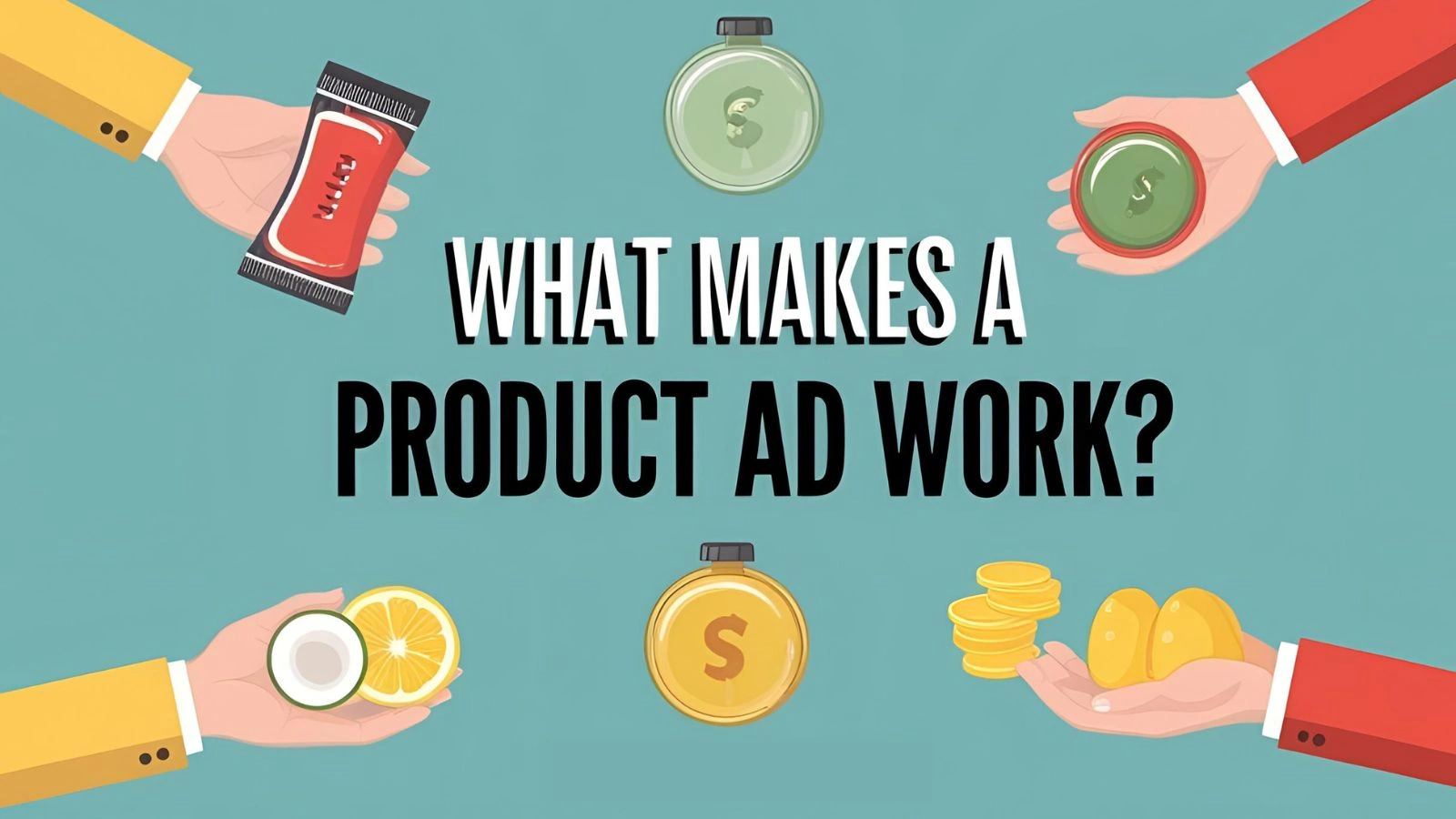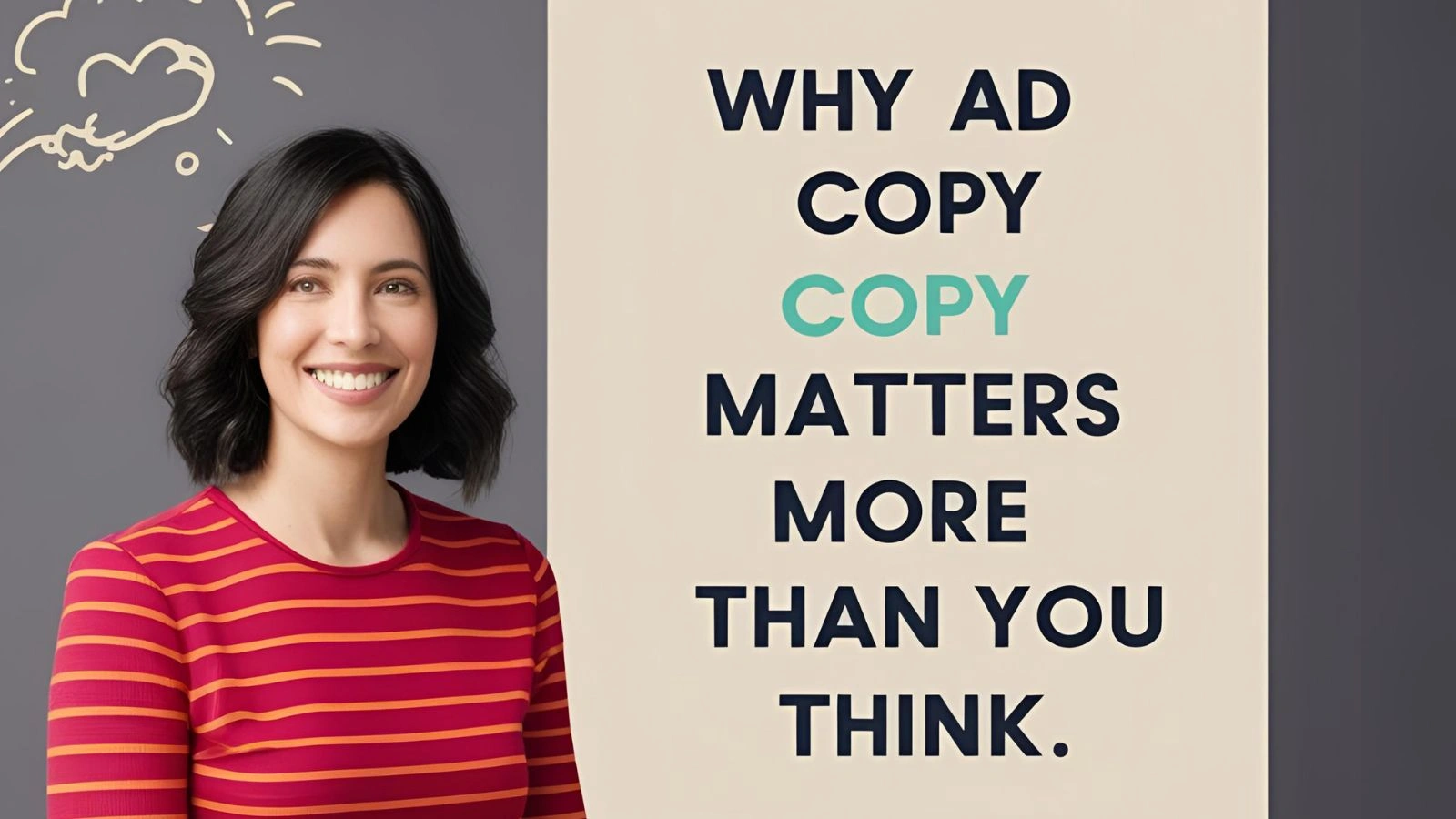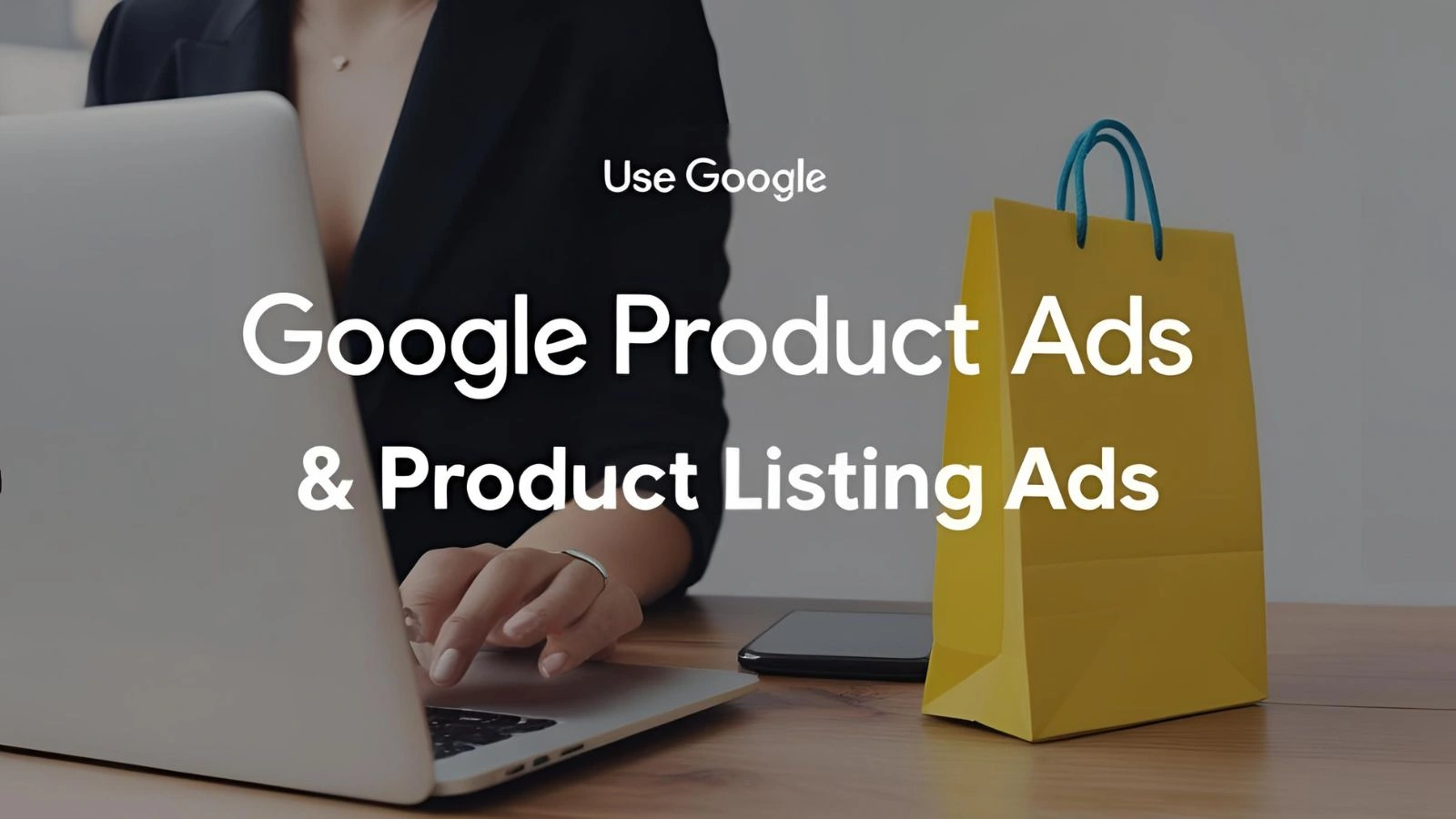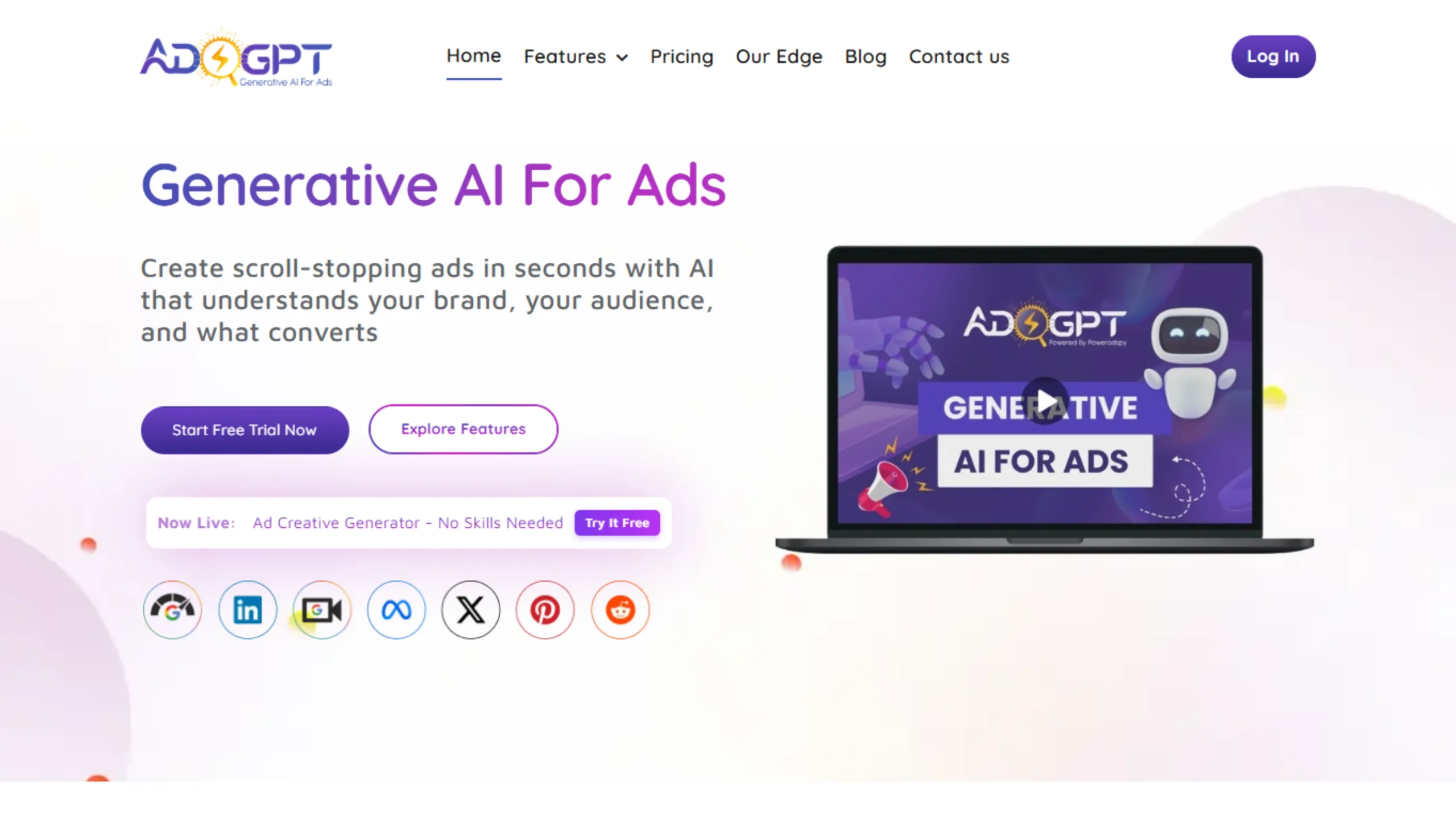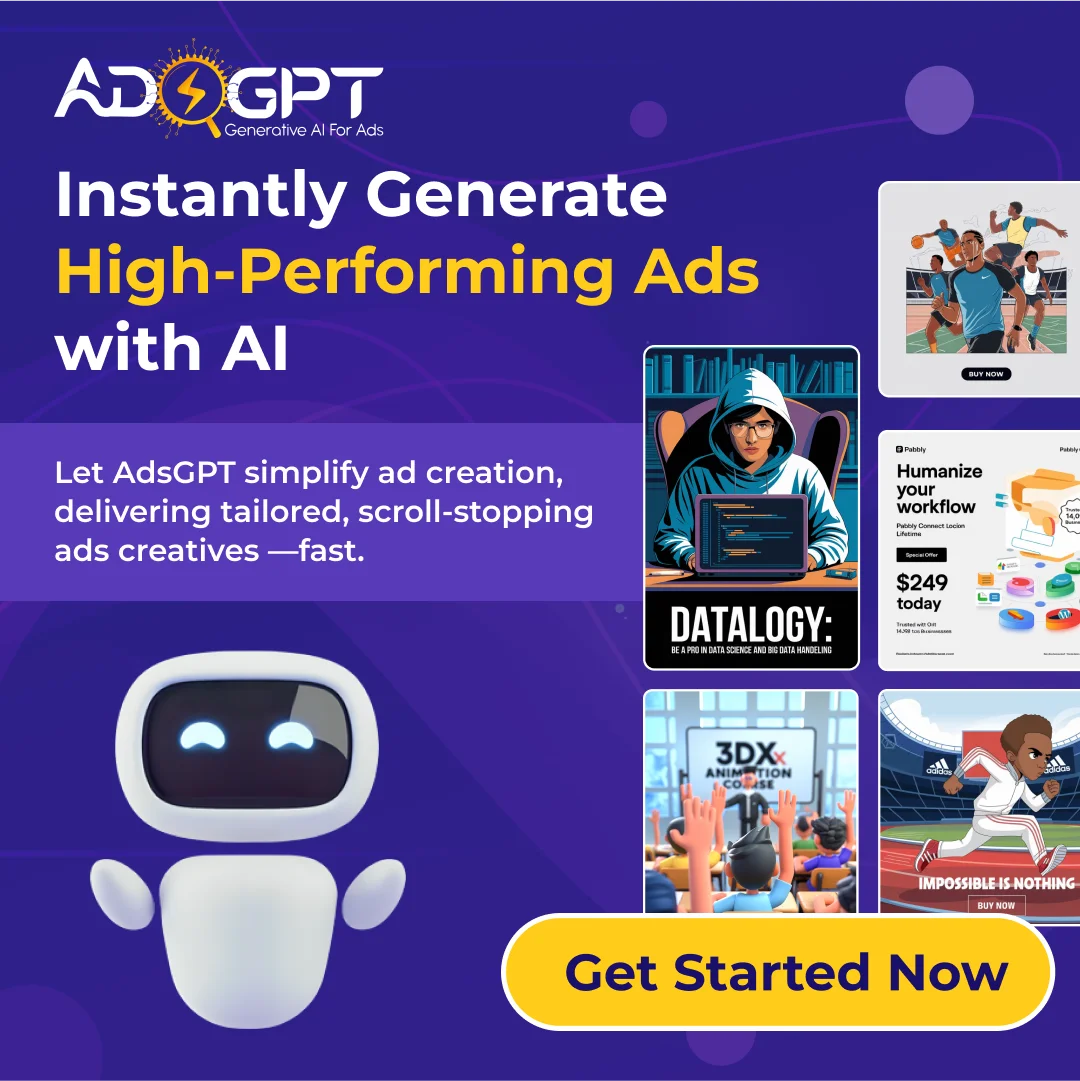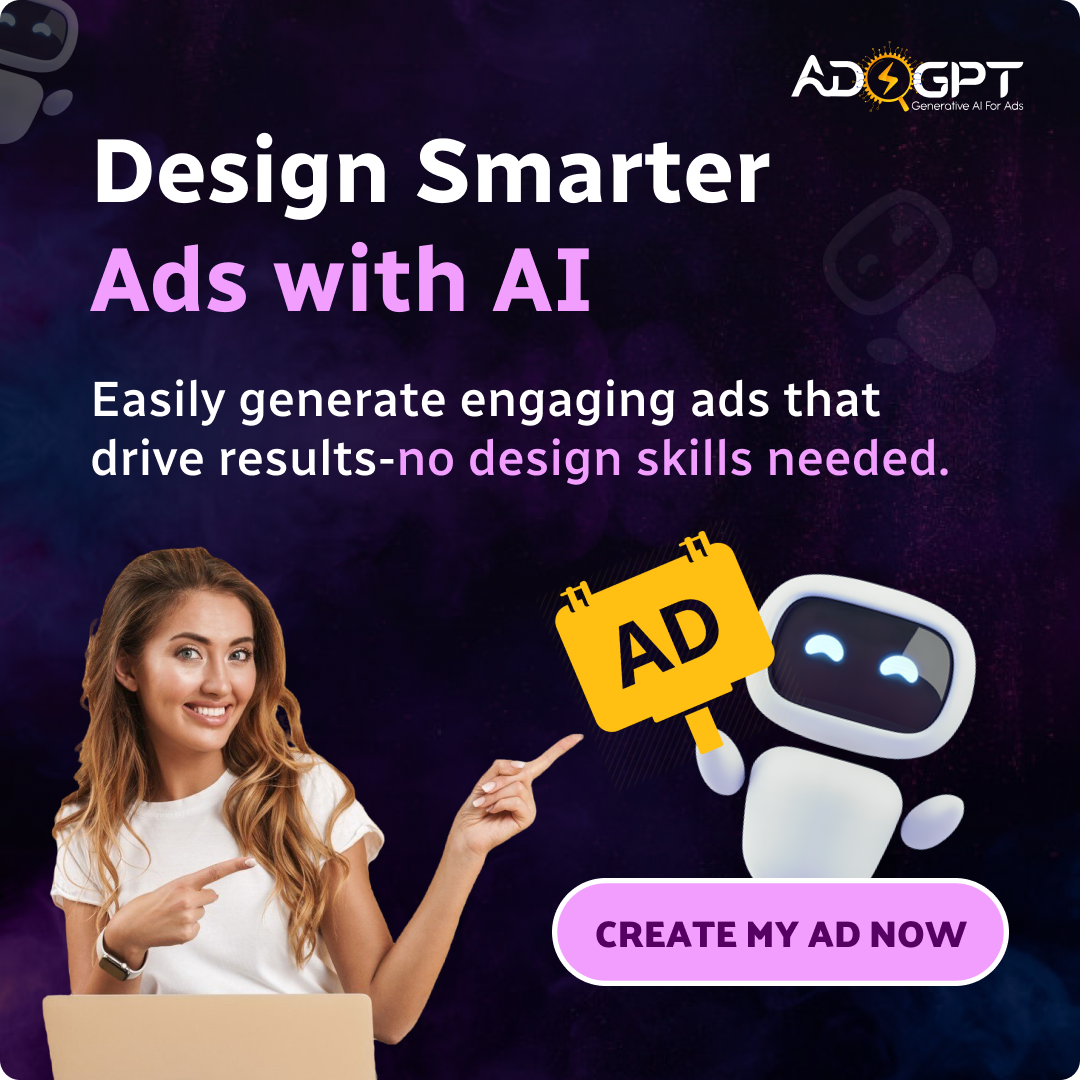
What’s the real difference between a product advertisements that gets clicks and one that gets ignored? It’s not always the budget. It’s rarely just timing. More frequently than not, it comes down to how well the campaign understands its audience, communicates value, and positions the product in a way that drives action.
The truth is that product advertisements are not just a checkbox in your marketing plan anymore.
They are a strategic lever for growth when done right. And with more brands than ever competing for attention, the margin for error is razor-thin.
In this guide, we will walk through what it takes to create product advertisements that do not just show up but also stand out.
In a hurry? Listen to the blog instead!
Understanding Product Advertisements
The way we promote products has changed radically. A few years ago, simply putting your product in front of an audience with a decent image and a price tag might have worked. But Today, that is no longer enough.
Buyers are more discerning, platforms are more complex, and the cost of a poorly executed ad is higher than ever.
Product advertisements have shifted from static, one-size-fits-all placements to highly personalized, AI-optimized campaigns. Platforms like Google and Meta now reward relevance, engagement, and precision over sheer ad spend.
This evolution means marketers must think more strategically, adopting a mindset where every campaign is tailored, tested, and backed by data.
And it’s not just about placement. It’s about how you present your product, who you show it to, and the message you deliver in the first few seconds. That’s where smart tools come in. They help you simplify ad copy creation and help your campaigns hit the right note from the start.
Understanding this, you are better positioned to build campaigns that don’t just get seen but get results.
Now, let’s explore what makes a product advertisements perform well in today’s saturated scroll environment.
What Makes A Product Ad Work?
It’s easy to blame algorithms or rising CPCs when ads fall flat, but more often, the issue lies in the fundamentals.
High-performing product advertisements are not lucky chances. They are built on clear, compelling communication and smart, creative decisions that align with buyer intent.
Let’s break down the core elements behind every successful product ad:
First impressions are everything. Strong visuals stop the scroll, whether it’s a clean product photo, an engaging lifestyle shot, or a short-form video that instantly conveys value.
But a great visual alone does not guarantee clicks. It has to connect with a message that moves the buyer forward.
Smart advertisers pair their visuals with tailored messaging, creating a consistent experience from impression to conversion. With tools like AdsGpt, you can align your ad copy tone and structure with your creative assets, ensuring your message supports the visual, not competes with it.
Why Ad Copy Matters More Than You Think?
Visuals grab attention, but words drive action. Yet, this is exactly where many product advertisements fall short. When the copy is vague, generic, or packed with jargon, it quickly turns interest into indifference, losing potential buyers within seconds.
Clear, benefits-focused messaging is non-negotiable. Your headline, primary text, and call to action must speak directly to your audience’s needs, desires, or pain points. And with shrinking attention spans, you don’t have the luxury of trial and error.
That’s where using AI ad copy generator prompts becomes a practical edge. They provide structure, variation, and relevance.
Use Google Product Ads & Product Listing Ads
Once your foundation is solid, with strong visuals, clear messaging, and a defined offer, the next step is choosing the right placement.
For e-commerce brands and product-led businesses, Google Product Ads and Product Listing Ads (PLAs) remain two of the most effective channels for driving high-intent traffic.
What Are Google Product Ads & Why Do They Matter?
Google Product Ads appear right when a shopper actively searches for something to buy. These ads appear at the top of search results, featuring product images, prices, and merchant names. It’s product advertising that’s perfectly timed.
The benefit? You are not interrupting someone; you’re helping them complete a task they have already started. That’s why Google Product advertisements tend to convert at higher rates compared to standard display or social ads.
But success here depends on precision. Google pulls information from your product feed (titles, descriptions, pricing), so everything you input needs to be optimized for relevance and clarity. Poorly written product titles or vague descriptions can cost you clicks even if your visuals are on point.
Optimizing Product Listing Ads For Visibility & Sales
Product Listing Ads are a subset of Google Shopping Ads but deserve special attention. These ads display a curated lineup of relevant product advertisements and compete directly with similar listings from other brands.
Here’s what makes a difference:
- Accurate and keyword-rich product titles
- Compelling short-form copy that explains the benefits of fast
- Competitive pricing and clean visuals
- Structured data that feeds into Google Merchant Center properly
If you are listing multiple SKUs, your messaging has to be consistent yet specific enough to highlight the unique edge of each item.
That’s where AI-generated ads prove incredibly effective, especially when creating multiple variations at scale.
Mistakes To Avoid When Running Product Ads
Even with a solid strategy and the right tools, product advertisements can still fall short. Often, it’s the small things, overlooked details, or poor assumptions that quietly drain your budget without delivering much in return.
Let’s see some of the most common missteps marketers make and how you can avoid them.
1. Copy That Tries to Say Everything
It’s tempting to cram in every product detail, feature, and benefit. But an overloaded copy overwhelms people. Instead, focus on what matters most, what problem this product solves, and why someone should care right now.
2. Ignoring the Power of Testing
If you are running the same version of your ad copy or creative across every platform, you are leaving conversions on the table. Testing small variations in headlines, calls to action, and value propositions can give you critical insights into what resonates.
With AI ad copy generators, A/B testing becomes much easier. You can quickly generate multiple options and let performance data guide your decisions.
3. Using Generic Product Titles and Descriptions
This is a big one, especially with Google Product advertisements and Product Listing Ads. Generic phrases like “High-Quality Shirt” or “Best Headphones” won’t cut it. You need keyword-rich, specific, and benefit-driven product descriptions to stand out.
4. Not Matching Ad Copy to the Landing Page
If your ad promotes one thing, but the landing page says something else or buries the offer, you are likely to lose the sale. Consistency between the ad and the page helps build trust and keeps buyers moving.
How AI Is Making Product Advertising Easier & Smarter?
Creating great ads takes time, but AI is changing that. Instead of spending hours writing copy, tweaking every line, or guessing what works, AI tools can now help you do it faster with better results.
Quick & Easy Ad Copy
Writing ad copy over and over for every product or audience gets tiring, and it slows you down. With an AI ad copy generator like AdsGpt, you can create multiple versions of product ads in just a few clicks.
But What is AdsGPT?
AdsGpt.io is an AI-powered tool that helps you write high-converting ad copy quickly and easily. Whether you’re running product advertisements on Google, Facebook, or any other platform, AdsGpt generates tailored headlines, descriptions, and variations that fit your audience and goals without needing to start from scratch each time.
It’s built for marketers, brands, and e-commerce sellers who want to save time, test more ideas, and improve results across all their ad campaigns.
That means:
- Faster Ai copywriting
- More ideas to test
- Less creative burnout
- Copy that’s tailored to your brand and goals
Personalized Messaging That Connects
AI can help you speak directly to your audience. Whether they care about price, quality, or features, tools like AdsGpt help you adjust the tone and message based on what your customers care about.
One Voice Across All Channels
If you are running ads on Google, Meta, or other platforms, AI helps keep your messaging consistent.
It means no more rewriting the same thing for every campaign; just adapt and go.
Conclusion
Creating impactful product advertisements is not about chasing trends or writing clever lines; it’s about being clear, relevant, and consistent. When your copy connects, your visuals support the message, and your placement reaches the right people, that’s when campaigns start to work — just like you’ll see in strong advertisement examples.
You don’t need to do it all manually, either. Tools like AdsGpt can take the pressure off by helping you generate ad copy faster, test more ideas, and stay focused on what matters—growing your business.


